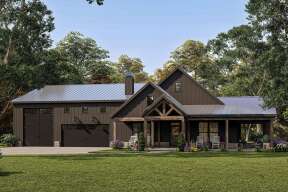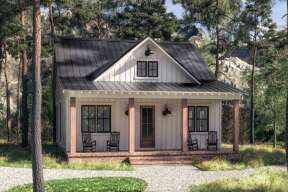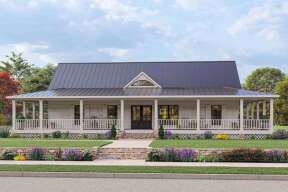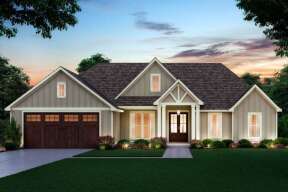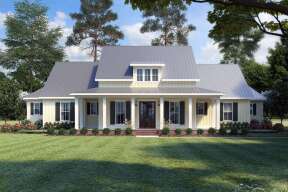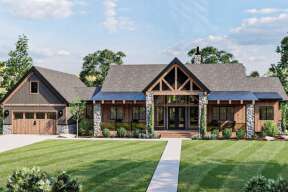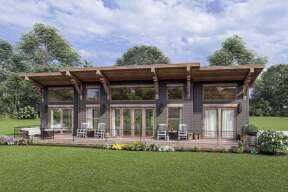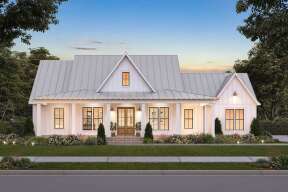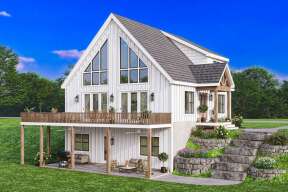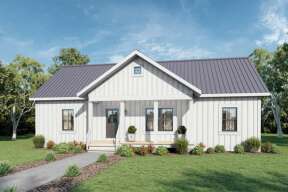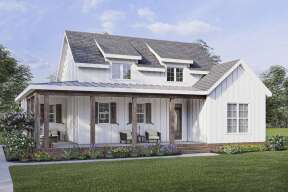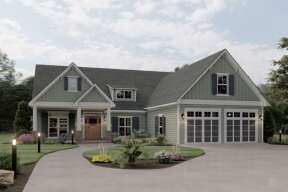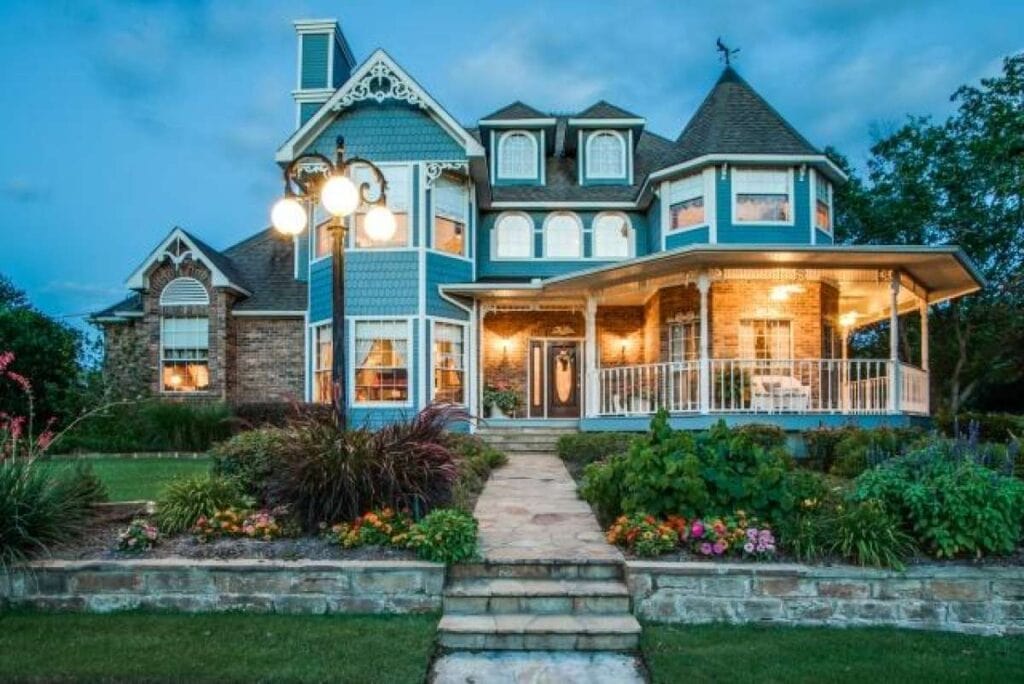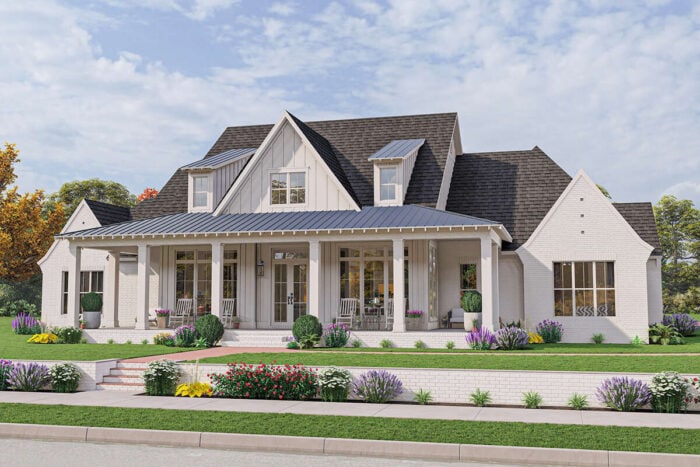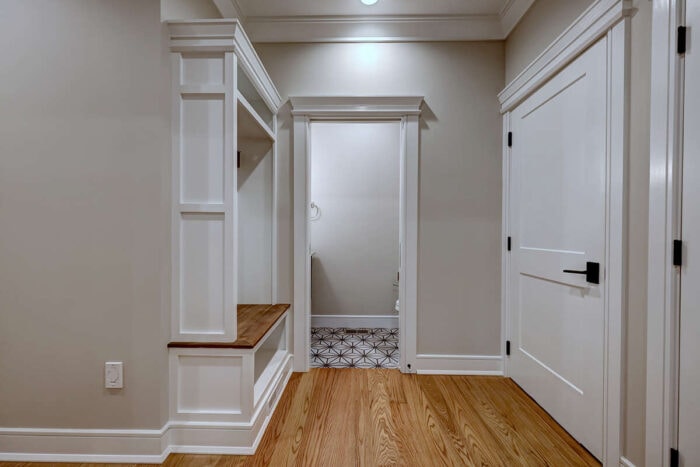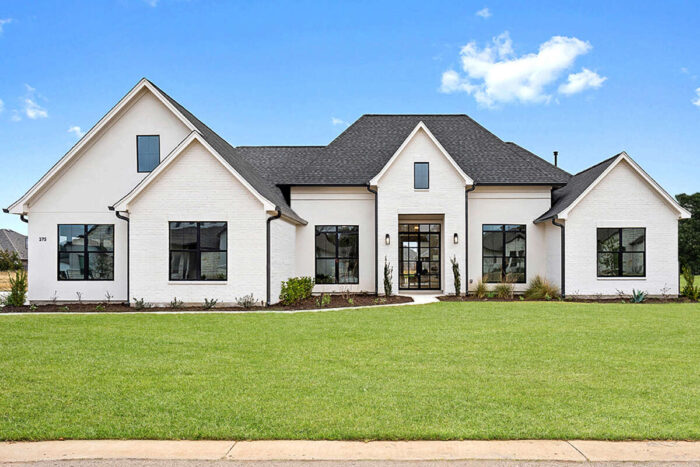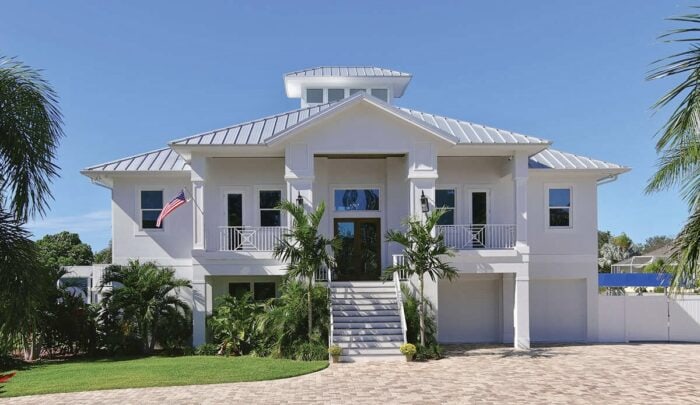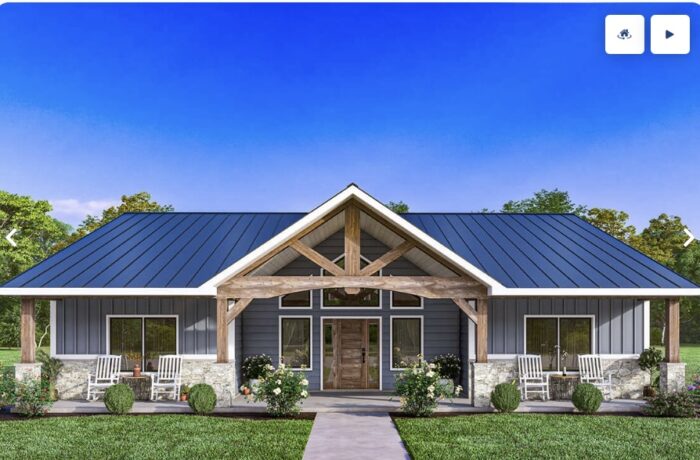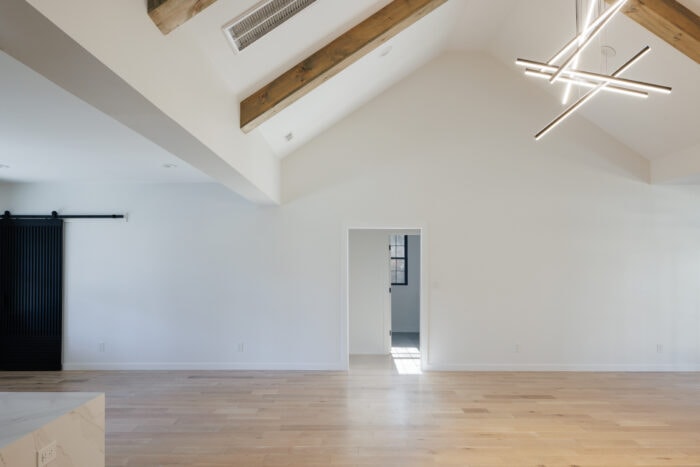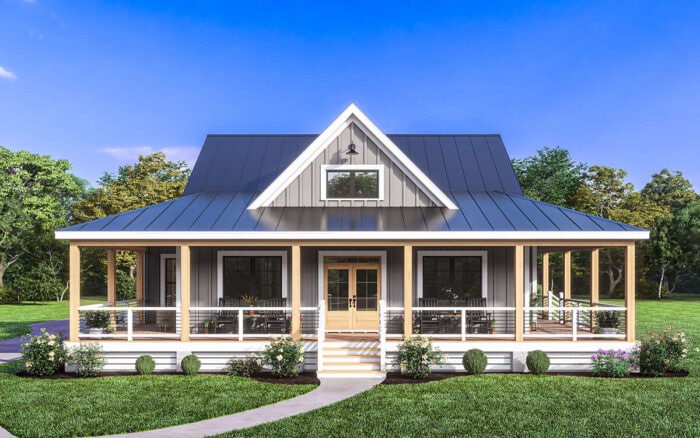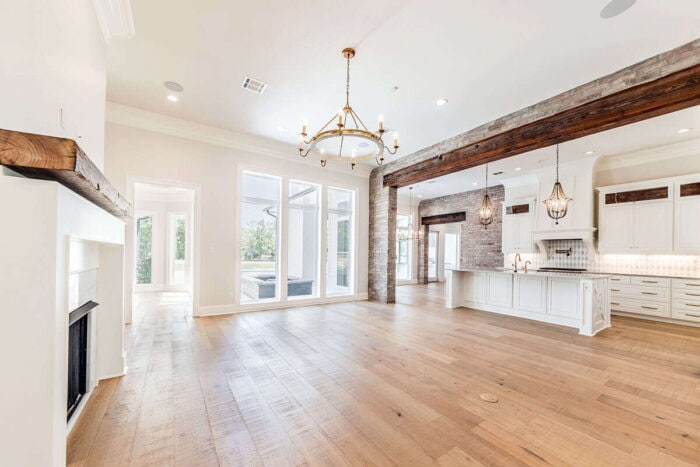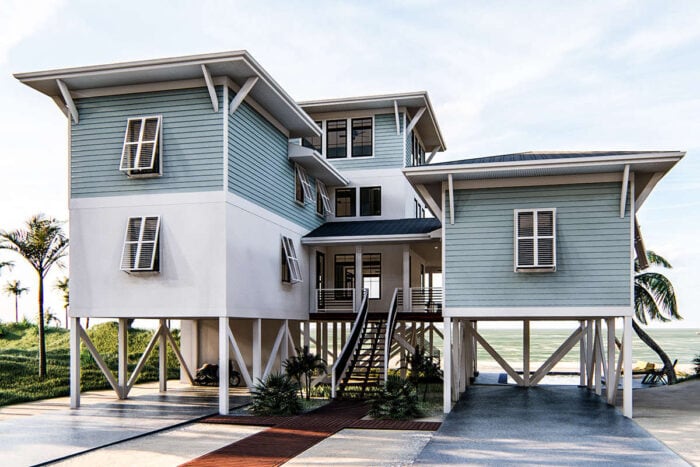.png)
- Shop
- Styles
- Collections
- Garage Plans
- Services
-
Services
- Cost To Build
- Modifications
- PRO Services
- Contact Us
- Learn
-
Collections
- New Plans
- Open Floor Plans
- Best Selling
- Exclusive Designs
- Basement
- In-Law Suites
- Accessory Dwelling Units
- Plans With Videos
- Plans With Photos
- Plans With 360 Virtual Tours
- Plans With Interior Images
- One Story House Plans
- Two Story House Plans
- See More Collections
-
Plans By Square Foot
- 1000 Sq. Ft. and under
- 1001-1500 Sq. Ft.
- 1501-2000 Sq. Ft.
- 2001-2500 Sq. Ft.
- 2501-3000 Sq. Ft.
- 3001-3500 Sq. Ft.
- 3501-4000 Sq. Ft.
- 4001-5000 Sq. Ft.
- 5001 Sq. Ft. and up
-
Recreation Plans
- Pool Houses
- Sheds
- Gazebos
- Workshops
-
Services
- Cost To Build
- Modifications
- PRO Services
- Contact Us
The Victorian Style House: A Tapestry of Elegance & Detail
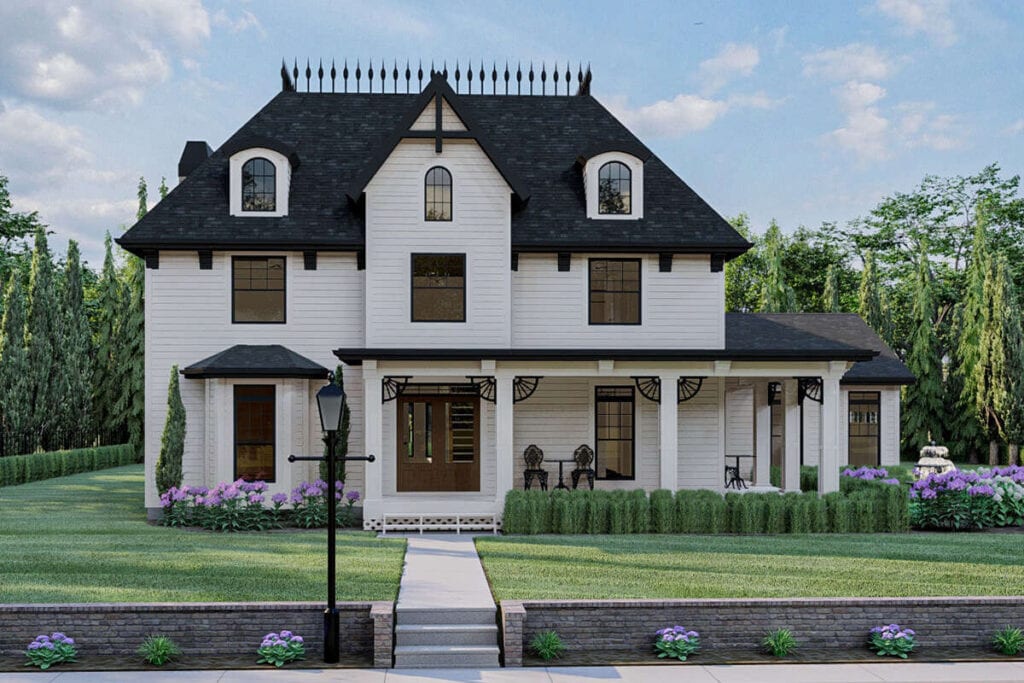
Step into the captivating world of Victorian-style houses. Learn about their distinguishing characteristics and iconic design layouts in this article.
Step back to an era of grandeur and opulence, where ornate details and architectural splendor reigned supreme. In this blog, we’ll embark on a journey through the enchanting world of Victorian architecture, uncovering the secrets behind their distinctive design and delving into the historical context that shaped these iconic homes.
What makes a house Victorian-style?
Victorians date back to the 19th century, when a “Victorian home” was just the general term for any house built during the reign of Queen Victoria. Originating in England, this extraordinary period was all-encompassing and revolutionary for introducing a new and different “way of doing things.” What defines a house as Victorian style are the unique elements and ornate details that set it apart from other architectural styles. Most Victorian homes are larger abodes, generally having 2-3 stories, and the use of various building materials, such as brick, stone, and wood, contribute to the eclectic and textured look of Victorian houses. Victorian homes are far from average as they tend to have striking architecture, paint colors, and brilliant exteriors.
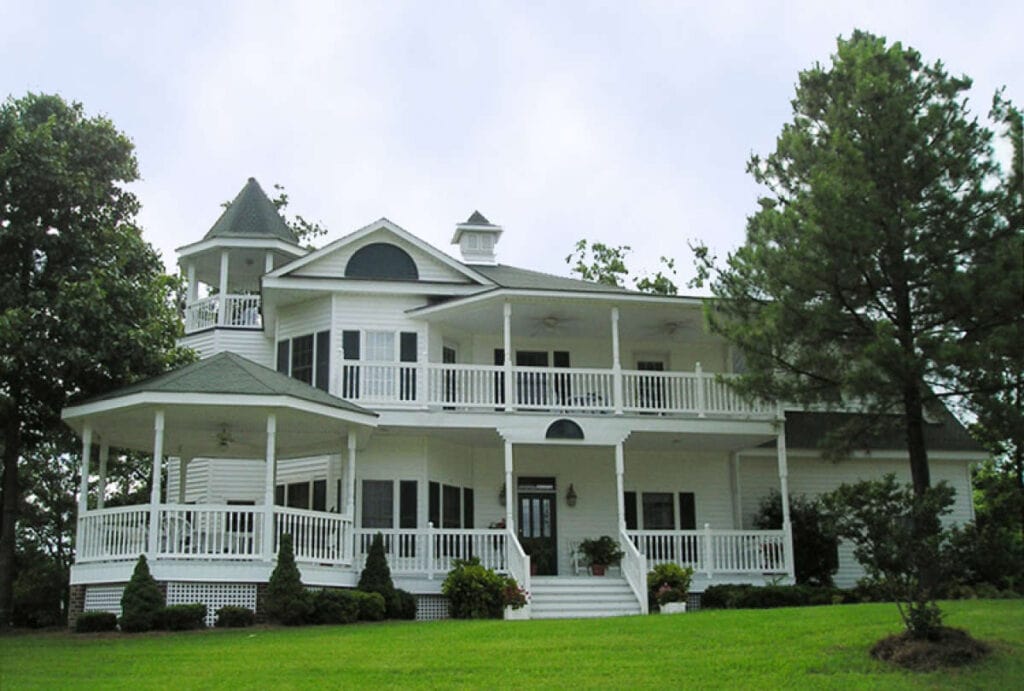
What are the characteristics of a Victorian-style house?
Victorian houses are renowned for their unique and distinctive design choices, hence why they’ve remained so popular. One of the most prominent characteristics of Victorian houses is their emphasis on intricate detailing featuring elaborate woodwork, decorative trim, and complex fretwork. You’ll notice that Victorian-style houses don’t shy away from craftsmanship, as these houses feature asymmetrical designs, with various projections, turrets, and gables adding to their already visually dynamic exterior. Victorian houses are well known for their dramatic, steep-pitched roofs, often adorned with decorative shingles.
Inside, these homes boast high ceilings, intricate moldings, and spacious rooms, reflecting the grandeur of the era. Additionally, these homes may include bay windows, creating more use of the interior space while adding to the facade of the exterior. The last couple of characteristics are what make these homes so striking, being the large, inviting porches and the use of vibrant paint colors. Victorian houses often include inviting front porches, often enclosed with ornate railings or decorative spindles, accented by the use of vibrant and contrasting paint colors, highlighting the various architectural elements and giving each Victorian house a unique personality. These homes accommodate plenty of guests as they have plenty of room and plenty of character!
Where are Victorian-style houses most common?
Victorian-style houses are most commonly found in regions that experienced significant urban development during the Victorian era, which spanned from the mid-19th century to the early 20th century. These homes are most popular in areas that thrived during those periods, such as San Francisco, Boston, and New Orleans. Victorian-style houses can be found in an abundance of areas, most of which reside in more populated cities. The popularity of these homes has spread a large influence, with variations of Victorian architecture cropping up in various countries across the globe, showcasing the enduring appeal and adaptability of this iconic architectural style.
What is the typical layout of a Victorian-style house?
The common layout for Victorian houses typically reflects the architectural preferences of the era, from the mid-19th century to the early 20th century. These homes emphasize space, focusing on grandeur rooms with a sense of hierarchy. These homes often have 2-3 stories, with the living spaces, kitchens, and study rooms typically residing on the bottom floor while the bedrooms typically reside on the upper levels. Another notable and grand aspect of these homes is the presence of large, extravagant staircases. These staircases were often the focal point of the home, designed with intricate woodwork and decorative details. In addition to the stunning interior of these homes, the exteriors feature large wrap-around porches. Not only do these porches add to the rich craftsmanship of these homes, but they offer an outdoor space for relaxation and socializing!
Why do Victorian houses have high ceilings?
Impressively high ceilings can serve as a distinctive feature in Victorian houses, serving as aesthetic and practical design choices. One of the main reasons for the tall ceilings is to serve the grand effect these homes are made to project. In this period, taller ceilings conveyed a sense of prestige and grandeur, showcasing the wealth and social status of the homeowner. Additionally, the amount of space created by the high ceilings allowed room for the inclusion of elaborate molding, decorative plasterwork, and intricate detailing on the ceilings themselves, all of which were hallmarks of Victorian design.
Moreover, these high ceilings serve as a practical choice. In the 19th and 20th centuries, high ceilings were preferred in addressing issues related to heating and ventilation. Open fires and stoves were popularly used as heating systems in the Victorian era; the extra height allowed for the rising heat to accumulate near the ceiling, thus ensuring that the lower parts of the room remained comfortably warm. While these tall ceilings showcase wealth and simultaneously function very practically, they also remain one of the defining features of Victorian homes, contributing to their timeless appeal.
Victorian houses stand as enduring testaments to a bygone era, capturing the essence of a time when architectural innovation and aesthetic extravagance merged seamlessly. The grandeur and opulence of Victorian houses are not only architectural marvels but also windows into the social and cultural values of their time, where homeowners showcased their status and refined tastes through their residences. Today, Victorian houses continue to captivate admirers, offering a glimpse into the past and a timeless reminder of the enduring allure of historic architecture.

Brandon Hall
Our "go to guy" and company expert, Brandon is the visionary and dreamer of all we do here at America's Best House Plans. He manages quality assurance, audits existing processes for maximum effectiveness, and develops strategies to increase productivity and efficiency. With over 15 years experience in the home design industry, Brandon has a hand in every aspect of the day-to-day operations of our company, in addition to ensuring an unparalleled level of service to our customers.
Related Articles
April 4, 2024
/Brandon Hall
How to Choose a House Plan
The options are nearly endless. Stock house plans are filled with possibilities, individua …

March 21, 2024
/Brandon C Hall
Why Choose a House Plan with a Mudroom?
Sometimes, it really is the little things that make a house a home. When choosing the right house pl …

March 12, 2024
/Brandon Hall
Featured House Plan Style: Modern
Are you looking to build a beautiful home with an open, minimalist bent on design? What are your val …

March 3, 2024
/Brandon C Hall
Find Your Perfect Vacation House Plan
Have you set your sights on having a vacation home in the near future? Owning a simple, peaceful vac …

February 25, 2024
/Brandon C Hall
House Plans with Videos
You requested, and we listened! We understand that it can be difficult to visualize how a finished h …

February 18, 2024
/Brandon C Hall
Types of Flooring: Choosing the Best Option for Your Home
Your choice of flooring sets the foundation for the overall ambiance and functionality of your livin …

February 9, 2024
/Brandon C Hall
How to Calculate Roof Pitch
Whether you’re a seasoned DIY enthusiast or a first-time homeowner with a curious mind, unders …

February 3, 2024
/Brandon C Hall
Why the Open Concept Kitchen Is So Popular
The convenience and comfort of an open-concept kitchen are heavily sought after in the modern house …

January 28, 2024
/Brandon C Hall
Modern Beach House Designs with Waves of Style
With these Modern Beach houses, we’re riding the wave of inspiration and bringing you a taste …

HOUSE PLANS
SERVICES
Enter your email to receive exclusive content straight to your inbox



